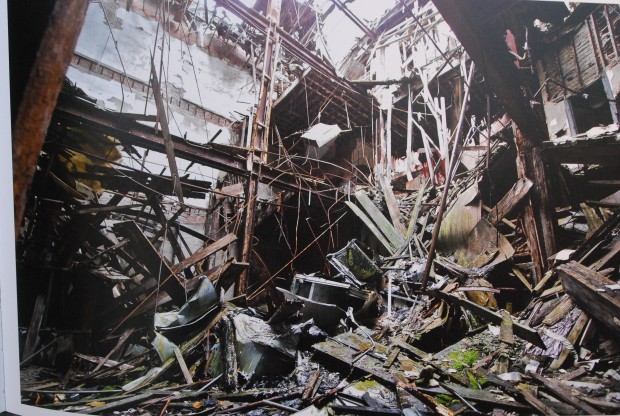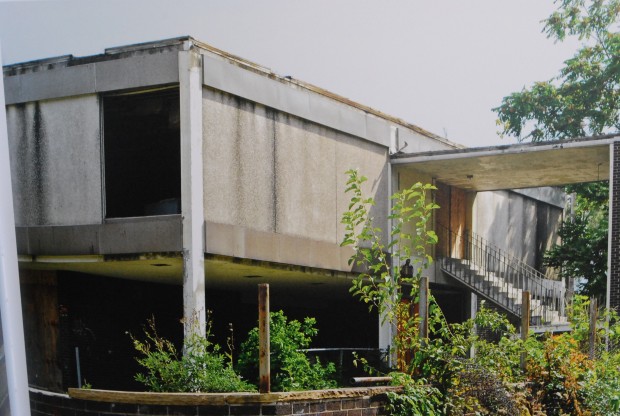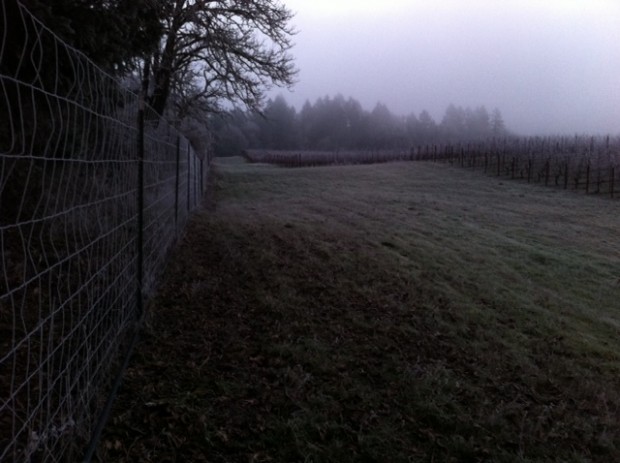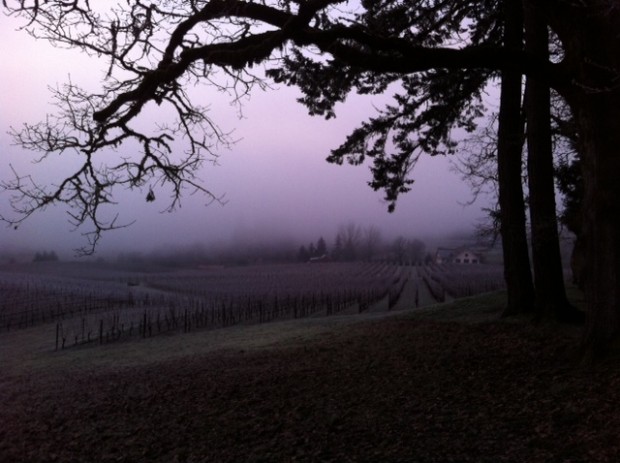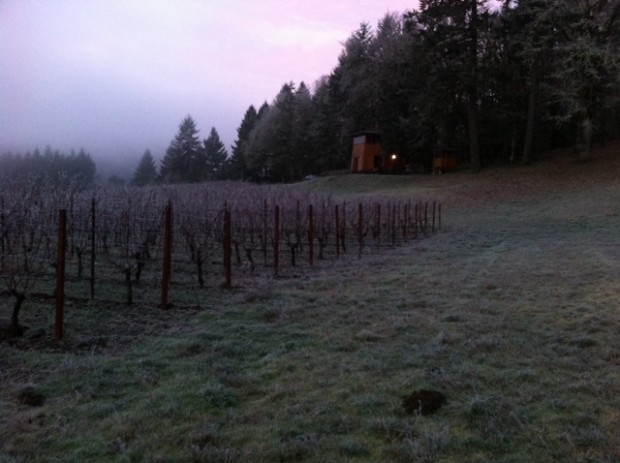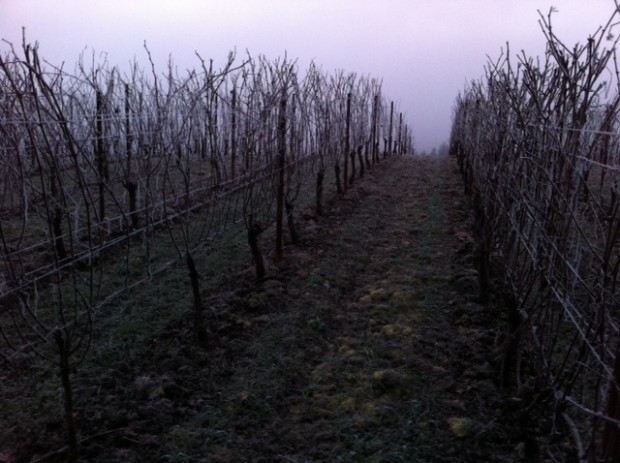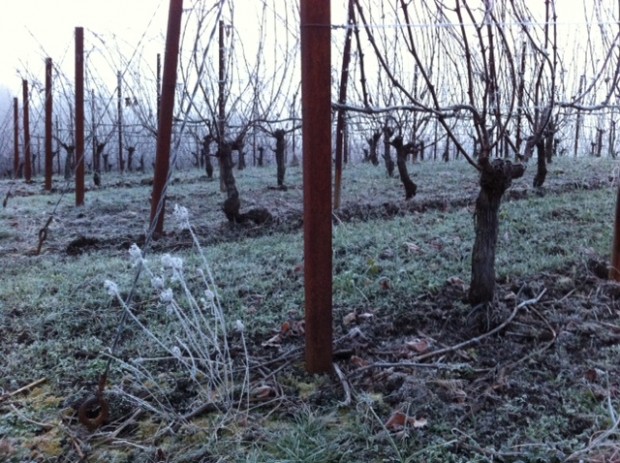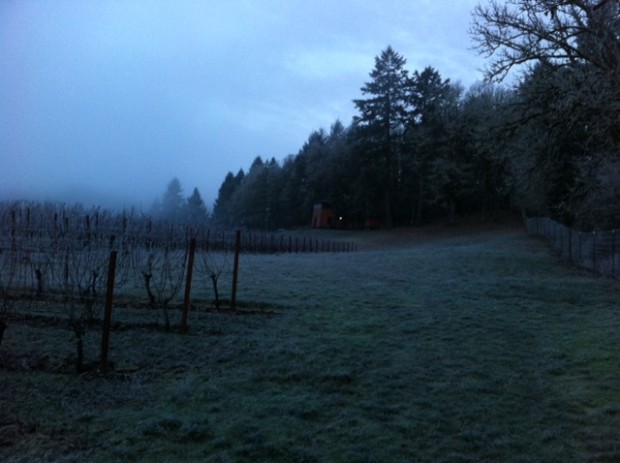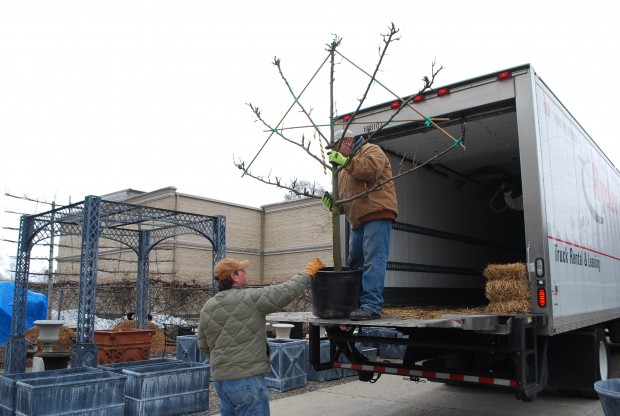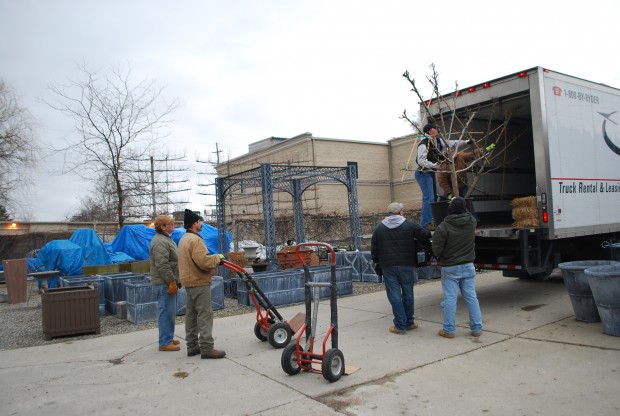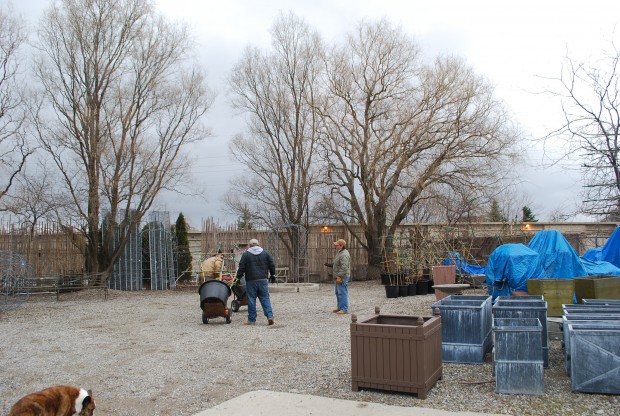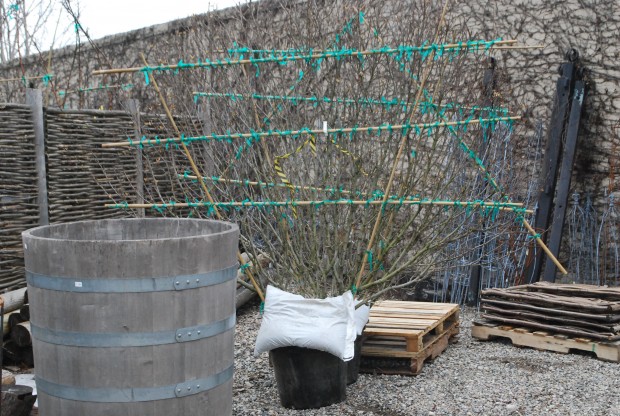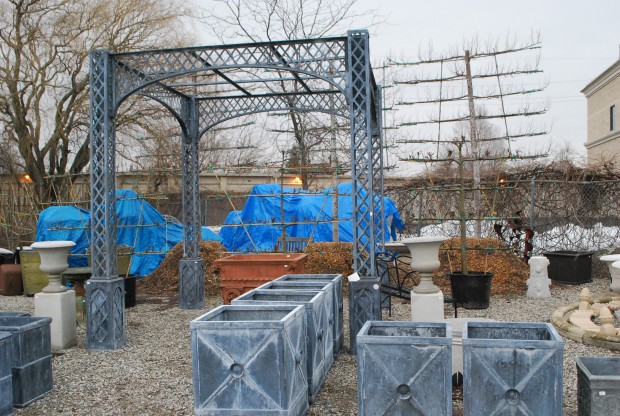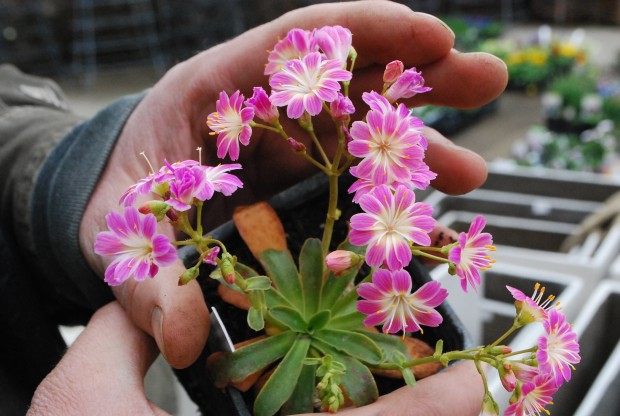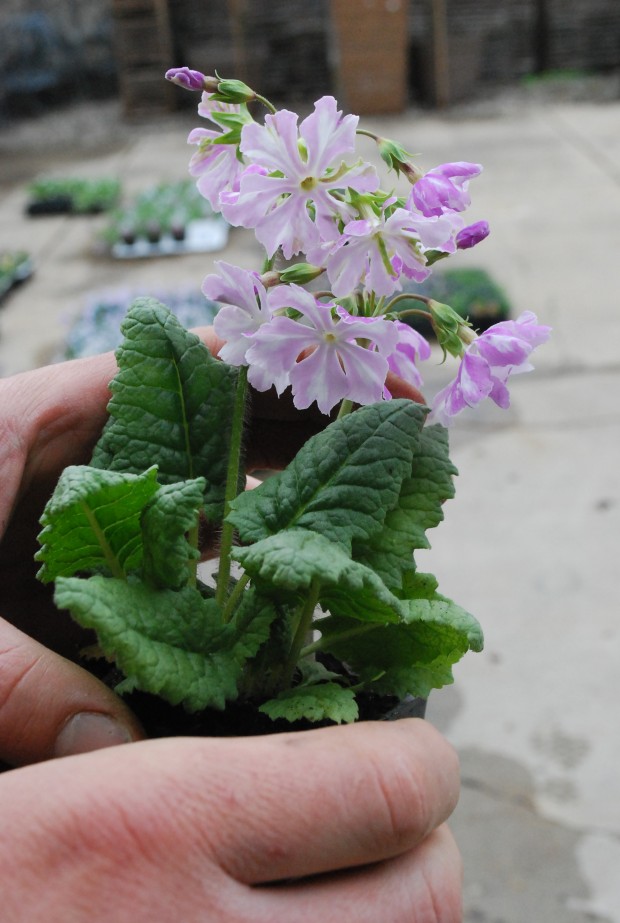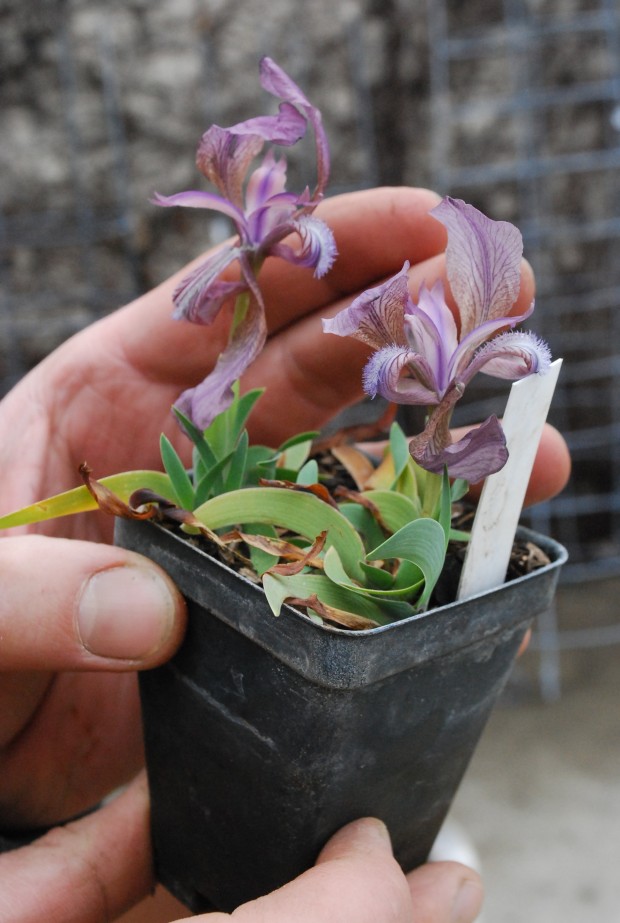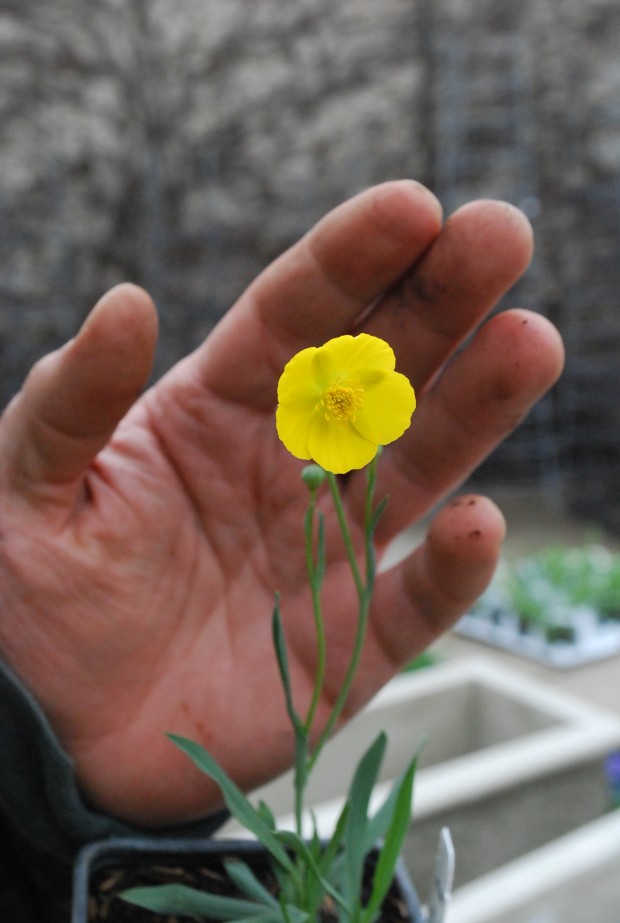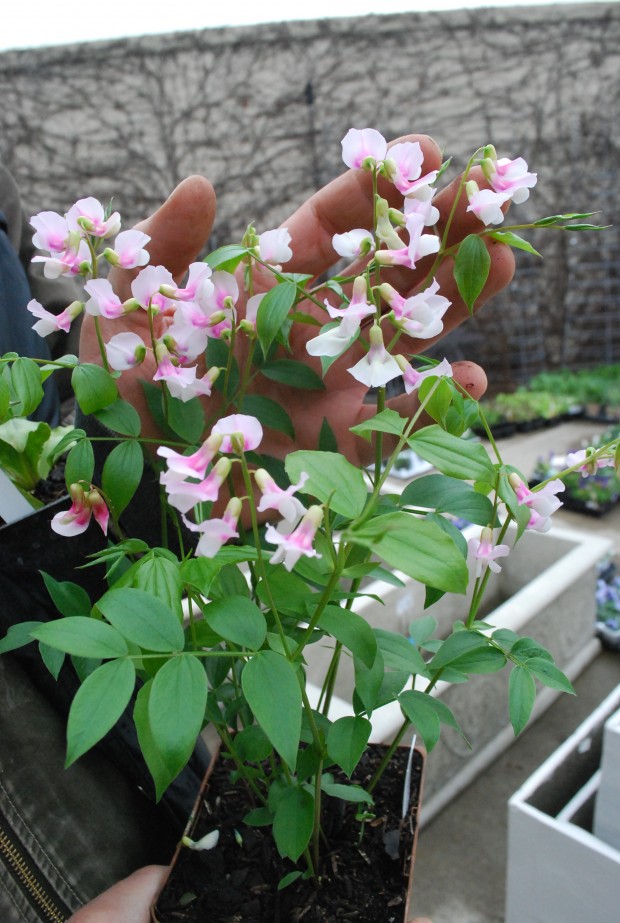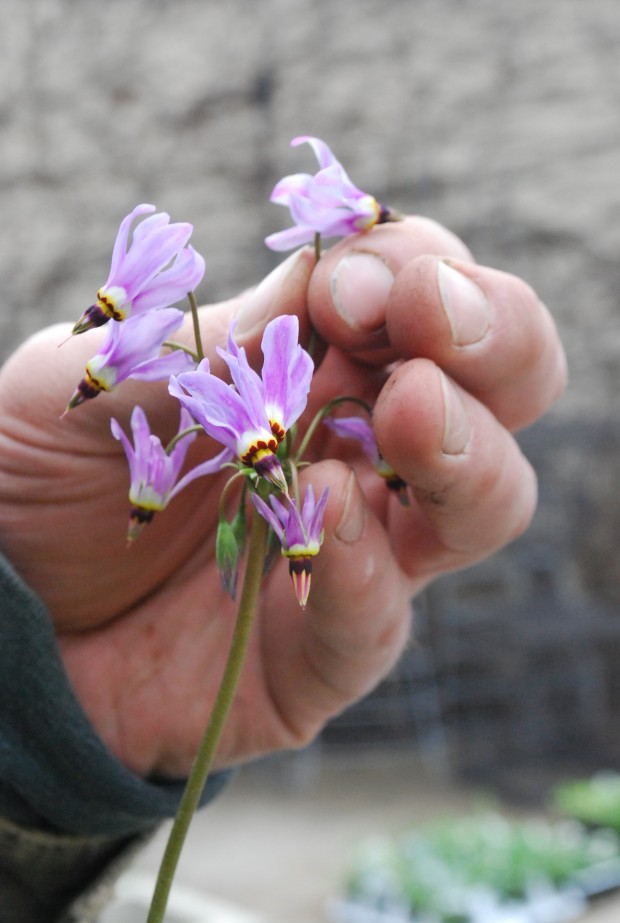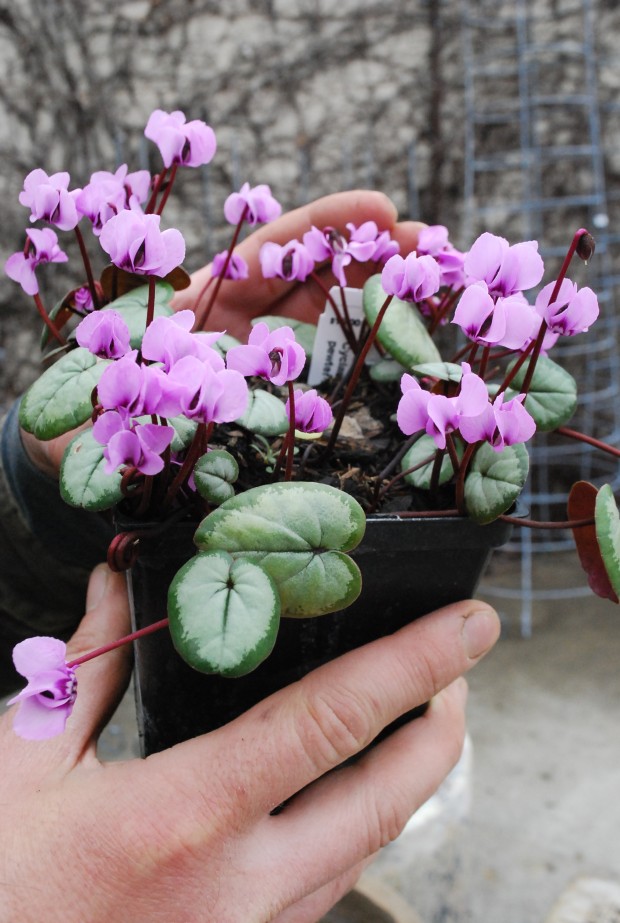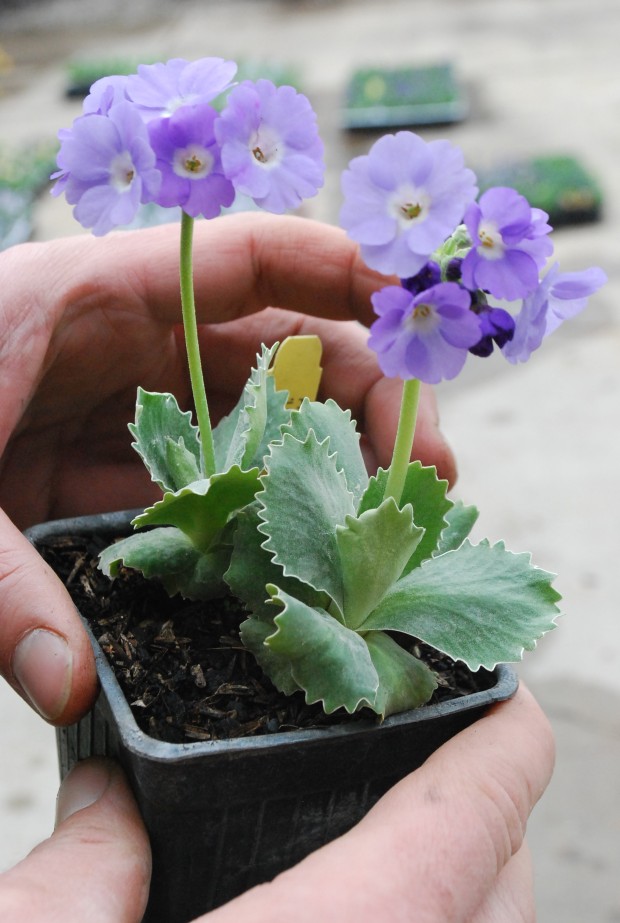I have been on my usual January buying road trip with Rob for the past 10 days. The Suburban has 1600 new miles on it! We got home at 6:30 last night-what a relief. For sure, there is no place like home! It was very cold this morning. The leaves on the rhododendron outside my home office window-drooped all the way down with cold. But home is home, whatever form that might take. The reentry into my Detroit landscape has me thinking about Julie Taubman’s book. Detroit-138 Square Miles.
Detroit is my town. I was born at Henry Ford Hospital, and raised on Detroit’s east side. I can say that my experience of this gritty city is much a part of me. We Detroit people make things. The day I opened my manufacturing company, the Branch Studio, was the fulfillment of a lifelong dream. The fact that the Branch studio is growing legs and steaming ahead-of this I am proud. Not that I am sure what I mean by this, but anyone who calls Detroit home dreams, imagines, works, and sweats Detroit style. My city has a luminous and storied history, and a daunting present. Julie Taubman spent upteen months photographing the current state of our gritty city. Her 486 page photographic essay is an unvarnished, non judgmental, yet compassionate look at her city.
Her photographs are truly extraordinary, both in scope and content. Her friends in the Detroit Police Dept looked after her more than once while she was photographing desolate or abandoned buildings and neighborhoods. Her images may not be to everyone’s taste. They provoke as much a sense of sorrow and loss, as a sense of awe for what was, and what is now. She devoted no end of time and film to capturing a moment. This moment.
My photograph of her photograph is a much dulled down version of what is available to see in the book. The quality of the paper and printing is startlingly good. Though I have lived here all of my life, there are pictures of places I have never been.
Disrepair and despair-some of the photographs capture that feeling perfectly. The forward, written by renowned local author Elmore Leonard is well worth reading.
The photographs of the remains of abandoned manufacturing plants collapsing from neglect are both terrifying and fascinating. This building in the process of decomposing has a long way to go to get to a composted state. From my association with the Greening of Detroit, I know there are many bright and able people committed to the future of Detroit. I wish each and every one of them all the best.
138 square miles is a big space. There has been lots of public discussion and forum about the future of our city. By far and away, this book is the most eloquent discussion I have heard. This collection of photographs is uninterrupted by words until the very end. I like that the location of each photograph is documented. An added bonus-a concise and well written history of the building or neighborhood pictured. The book is encyclopedic, but the eye behind the photographs is a very particular eye.
I am happy to say that we sold out of her book over the holidays. This means there are people who care, and people who are curious. Perhaps people will be moved enough to become involved. I am also happy to say that our new shipment of books has a few that are autographed by the photographer/artist/author. Let me know if you have an interest.





